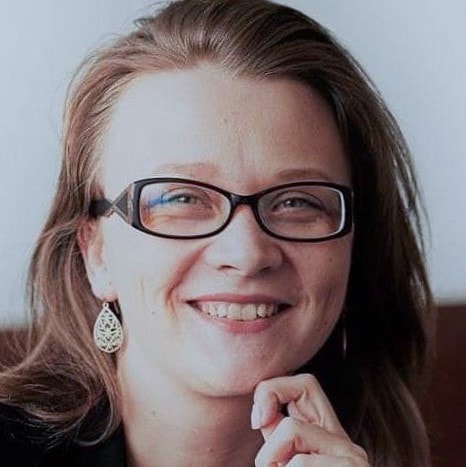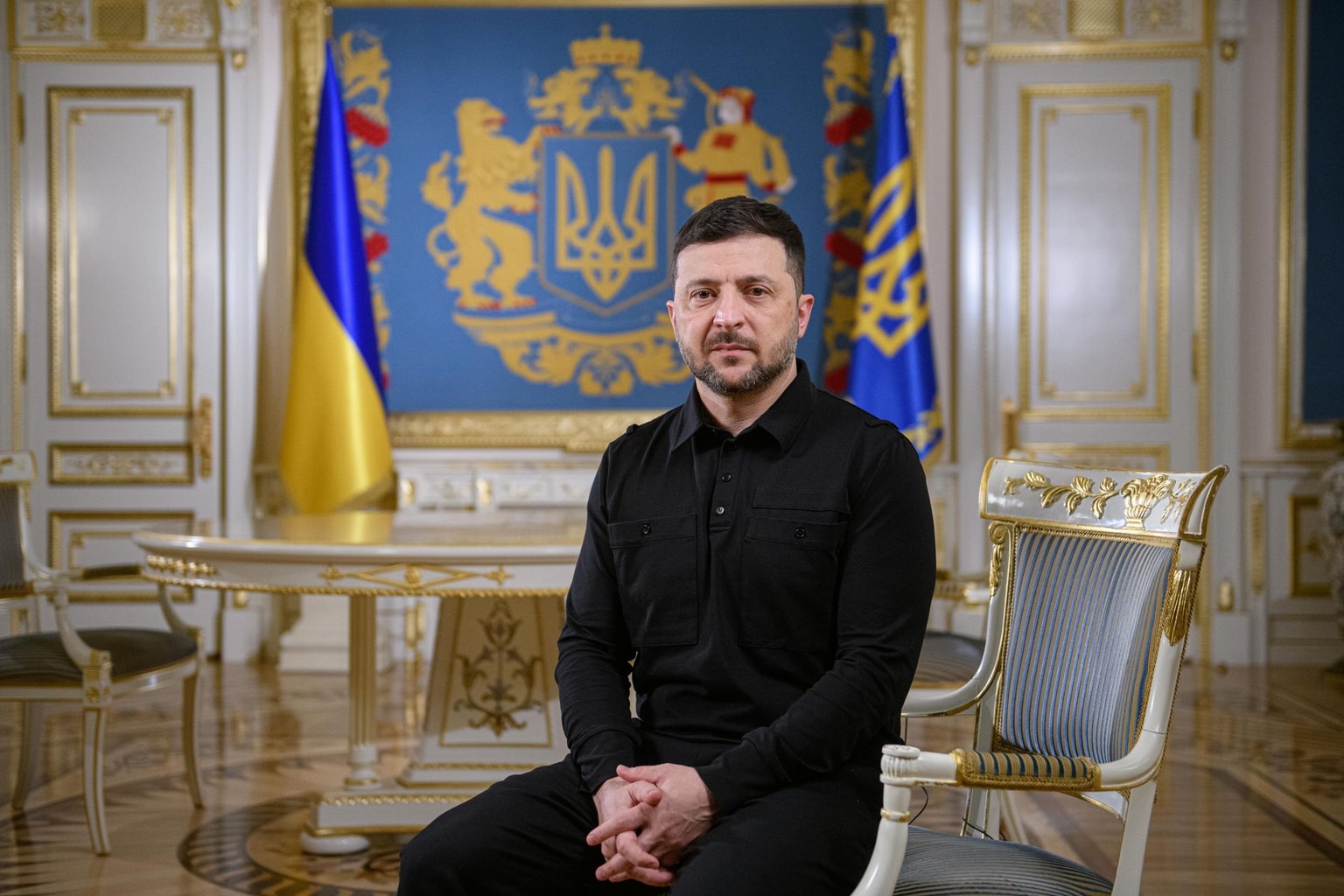Russia destroys Ukraine’s historic heritage, steals rare collections from museums

In 1937, Pablo Picasso, widely acknowledged as one of the greatest painters in history, said after visiting an exhibition in Paris: “I bow down before the artistic miracle of this brilliant Ukrainian.”
He was talking about the folk painter Maria Prymachenko and her paintings in the “naive art” genre.
Eighty-five years later, on Feb. 26, a collection of 25 of her works almost burned up when the Russian military fired on a museum in the village of Ivankovo in Kyiv Oblast.
The museum’s other exhibits, such as works of the Ukrainian embroiderer Hanna Veres, did not survive the fire.
“Putin wants to destroy European heritage and culture, wipe them off the face of the earth,” Ukraine's Culture Minister Oleksandr Tkachenko said in early March.
Almost 100 days into the Kremlin's large-scale invasion of Ukraine, hundreds of cultural heritage sites in the country have been destroyed and thousands of rare historical artifacts have been stolen.
As of May 27, the Culture Ministry has documented 367 war crimes against Ukraine's cultural heritage, including the destruction of 29 museums, 133 churches, 66 theaters and libraries, and even a century-old Jewish cemetery. This cemetery in Hlukhiv, Sumy Oblast, which is a site of pilgrimage for Jews, was hit by two Russian missiles on May 8.
“Russians have the precise aim of destroying our culture as part of our identity, something that distinguishes Ukraine from Russia,” Bloomberg quoted Olha Honchar, co-founder of Ukraine's Museum Crisis Center, as saying. “It has become quite clear now for the whole world that Russia bombs museums, archives, and theaters not by accident.”
Wave of destruction
The destruction of the museum in Ivankovo was just the beginning. Russia's barbaric bombing barrage has wrecked many iconic artifacts of the nation's storied past.
In three months of the all-out war, Kharkiv Oblast, which borders Russia, saw the most damage to art and landmarks. By mid-May, every fourth crime against Ukraine's cultural heritage was recorded there.
Most of these crimes in the region, 79 cases, took place in Kharkiv itself, the regional capital and Ukraine's second-largest city. In early March, a Russian fire smashed the windows of the Kharkiv Art Museum, which housed 25,000 masterpieces by Ukrainian and world artists.
A version of the famous painting “Cossacks Write a Letter to the Turkish Sultan” by Ukrainian-born artist Ilya Repin was evacuated from the museum, according to Marina Filatova, the head of the foreign art department. The main version of the painting is in a museum in Russia, like many artworks created by Ukrainians during the Russian Empire times.
However, the state of many other rare and old paintings displayed in the museum can only be assessed after the war. Museum workers had to remove them from the walls in a rush.
On the night of May 7, Russian missiles hit the museum and historic home of Ukraine’s famous poet and philosopher Hryhoriy Skovoroda, located in the village of Skovorodynivka in Kharkiv Oblast. The building was severely damaged, and a number of valuable exhibits were buried under the rubble.
“Not every terrorist will even think about targeted missile strikes on museums,” President Volodymyr Zelensky said in response to the destruction. “And this is the kind of army that is fighting against us.”
Some of the worst of the devastation hit the city of Mariupol in Donetsk Oblast. It lost 53 historic sites, including its drama theater, built in the late 1880s. This theater was destroyed on March 16 by a bomb dropped by a Russian aircraft, which reportedly killed at least 600 civilians that were taking shelter there.

A month later, the city council reported that Russian occupiers had looted a unique 700-piece collection of coins and medals from a local museum in Mariupol. They allegedly transported the collection to the Russian-occupied part of Donetsk Oblast.
An art museum named after Arkhip Kuindzhi, a famous Mariupol-born landscape painter of Pontic Greek descent, was robbed as well.
On April 27, invaders took all valuable exhibits from the museum, including three Kuindzhi paintings and “Near the Shores of the Caucasus,” an original painting by famed marine artist Ivan Aivazovsky.
The looted Kuindzhi piece called “Red Sunset,” painted over 115 years ago, alone costs more than $700,000, according to Tatyana Buli, the head of the museum, who evacuated the city and is now in Kyiv.
“What I hid (in the basement of the museum), it survived,” Buli told the BBC. “But you see, everything was handed over to the occupiers.”
Russian media reported that more than 2,000 exhibits were taken out of Mariupol museums for “temporary storage” in occupied Donetsk.
In four other Ukrainian oblasts – Kyiv, Chernihiv, Sumy, and Luhansk – the ministry recorded almost 160 war crime cases against historical heritage.
In the 1,300-year-old city of Chernihiv, the Russian military destroyed the former museum of Ukrainian antiquities, a 19th-century building built in the Gothic Revival style, most recently serving as a youth library.

“The building survived shelling by the Bolsheviks in 1918 and 1919 and World War II under the bombs of the German Nazis,” wrote Serhiy Laevsky, the director of the history museum in Chernihiv. “The Moscow Nazi horde came and ruined a monument of local history.”
In late April, Ivan Fedorov, the mayor of the occupied city of Melitopol in Zaporizhzhia Oblast, reported another shocking news: Russian invaders stole a “unique and priceless” collection of 2,300-years-old Scythian gold from the local history museum in Melitopol.
Gold artifacts were discovered in massive burial mounds, known as kurgans, by archaeologists in the 1950s. In all, the occupiers stole 198 items, including floral ornaments and breastplates, according to the Crimean Tatar Resource Center.
They also took non-Scythian exhibits, like 48 pieces of historical weaponry from the 17th through the 20th centuries, as well as 76 items made at least 1,500 years ago.
“This is one of the largest and most expensive collections in Ukraine,” said Fedorov.
Poor preparation
While Russian forces are to blame for the destruction of so much of Ukraine's cultural heritage, some Ukrainian experts believe the country hasn't done enough to protect its art and history before the escalation.
Eight days before Russia's invasion of Ukraine, art historian Konstantin Akinsha was horrified at what might happen to museums if war broke out.
Most museums were not prepared.
“In a full-scale Russian invasion, practically all significant museum collections would be in danger,” Akinsha wrote in his column for the Wall Street Journal.
“The majority of museums have miserable budgets and would not even be able to afford the necessary crates,” he said. Underfunding has made the notion of evacuating exhibits to safer facilities under guard even hazier.
Moreover, the Culture Ministry had not prepared any plans for the centralized evacuation of museum exhibits or instructions on how to act during a war, according to Tetyana Rud, chief curator of the Kharkiv Literary Museum.
The decision to save the collections fell on the shoulders of each museum separately.
“Most of the buildings have basements, where many directors heroically spent the first two weeks of the war,” said Yana Barinova, the head of Kyiv City Council’s cultural department.
The highest levels of government made no other publicly-known efforts to preserve the museum collections in the days leading up to the war. Barinova believes the protection of museum collections was not a top priority for the government.
It was “part of President Volodymyr Zelensky’s efforts to prevent panic,” Akinsha believes.










